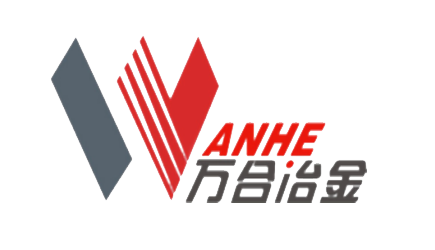2024-2030 China's Strip and Plate Mill Industry Development Analysis
2025-11-18
Advances in Rolling Mill Technology and Innovation Capabilities
In recent years, China's strip and plate rolling mill industry has achieved remarkable progress in both technology and innovation. Technologically, Chinese strip and plate rolling mill technology has undergone a transformative leap forward. Rolling mill equipment is continuously being upgraded and replaced, with trends toward larger-scale, higher-speed, and智能化 (intelligent) systems becoming increasingly dominant. These cutting-edge rolling mill facilities not only meet the demands of large-scale production but also significantly enhance both production efficiency and product quality. Meanwhile, rolling process technologies are constantly evolving, with advanced innovations such as online monitoring and closed-loop control now widely adopted. These advancements have made the rolling process more stable and ensured even greater reliability in product quality.
In terms of innovation capability, China's strip and plate rolling mill industry has demonstrated remarkable dynamism and creativity. Close collaboration among research institutions, universities, and enterprises within the industry has provided robust support for technological innovation. Meanwhile, the strong national commitment to fostering scientific and technological advancements has injected powerful momentum into the sector's growth. In recent years, a series of technologies and equipment with independent intellectual property rights have emerged one after another. These innovative achievements not only enhanced the competitiveness of China's strip and plate rolling mill industry but also revitalized its development. By adopting a strategy of "introduction, digestion, absorption, and re-innovation," the industry has gradually established a uniquely Chinese-style innovation system, laying a solid foundation for its sustained growth and advancement.
Application of Intelligent Automation Technology
In the strip rolling mill industry, the application of intelligent and automation technologies is increasingly playing a critical role. Intelligent technologies are widely adopted, spanning various aspects—from smart control and intelligent inspection to proactive maintenance. Specifically, intelligent control systems enable automated and intelligent management of the rolling process, significantly boosting both production efficiency and product quality. By leveraging advanced algorithms and models, these systems can continuously monitor and fine-tune rolling parameters in real time, ensuring stability and precision throughout the process. Meanwhile, intelligent inspection technologies are also proving indispensable in online monitoring and quality control. Equipped with high-precision sensors and cutting-edge image-processing techniques, these systems can instantly assess critical parameters such as strip thickness, width, and flatness, thereby guaranteeing the accuracy and consistency of the final products. At the same time, automation technologies are making substantial contributions to the strip rolling mill industry. The widespread adoption of automated processes—such as automatic material feeding, intelligent rolling operations, and real-time quality checks—has not only minimized human intervention but also enhanced both productivity and operational reliability.
Energy Conservation, Emission Reduction, and Environmental Protection Technology Trends
In the strip rolling mill industry, the application and promotion of energy-saving, emission-reducing, and environmentally friendly technologies are crucial pathways to achieving sustainable development goals. The innovation and implementation of these technologies not only help effectively reduce production costs but also significantly enhance productivity and product quality, providing strong support for the industry's green transformation and growth.
Energy-saving and emission-reduction technologies: As the energy crisis and environmental pollution issues continue to worsen, the application of energy-saving and emission-reduction technologies in the strip and plate rolling mill industry is becoming increasingly widespread. The development and implementation of energy-efficient rolling mill equipment have emerged as a key factor in achieving energy conservation and emission reduction goals. These advanced machines significantly cut down energy consumption and production costs by incorporating state-of-the-art drive systems and optimizing roll designs, among other innovative approaches. Meanwhile, energy recovery and utilization technologies are also gaining extensive adoption across the industry. By capturing waste gases and residual heat generated during the rolling process and effectively recycling them, not only is energy waste minimized, but pollutant emissions are also reduced. Additionally, optimizing the rolling process itself is another crucial strategy for enhancing energy efficiency, cutting costs, and minimizing environmental impact—through fine-tuning rolling parameters and streamlining the overall rolling workflow.


